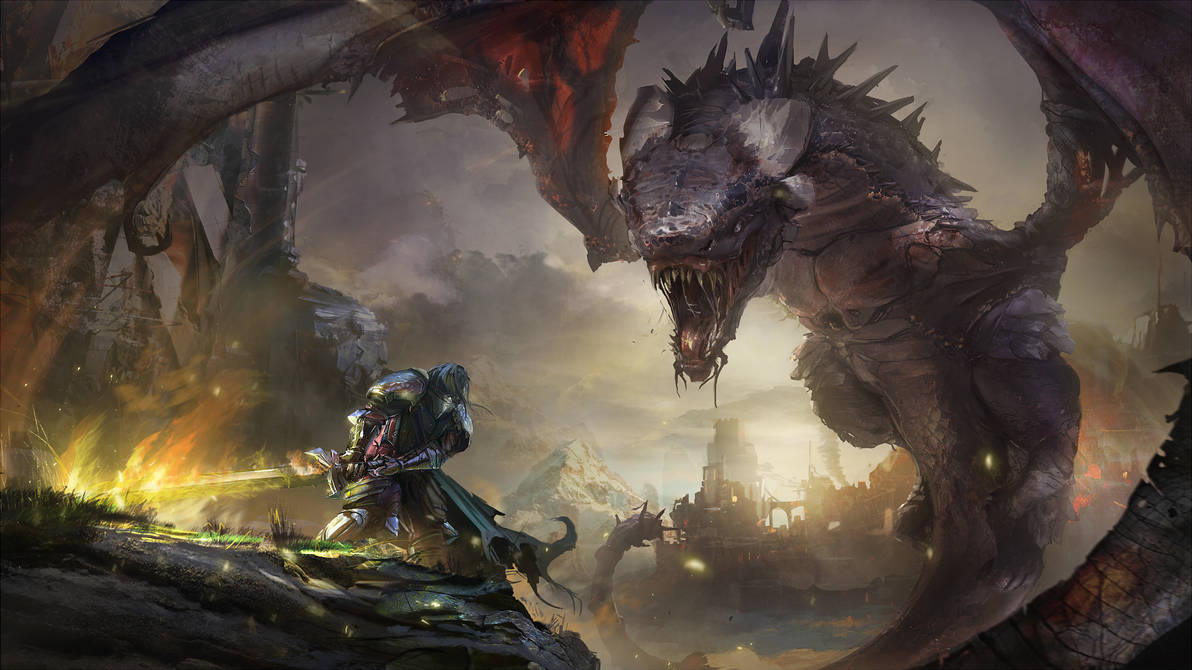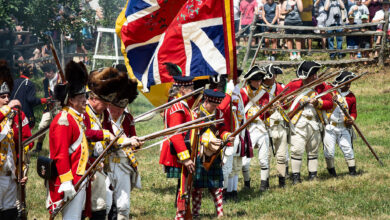Discover 15 Astonishing Myths That Ignite Your Imagination
1. Dragons: Guardians of Treasure
Dragons are among the most famous legendary creatures. Many cultures view them as powerful beings. In Western mythology, dragons hoard gold and treasure. They fiercely guard their hoards in dark caves. On the other hand, Asian dragons symbolize good luck and wisdom. These dragons are often associated with water and rain, which help crops thrive. Overall, this difference shows how cultures interpret dragons in unique ways.

2. Unicorns: Symbols of Purity
Unicorns captivate us with their beauty. They look like horses but have a single horn on their foreheads. Moreover, many stories suggest that only a virgin can tame a unicorn. This belief adds to their magical allure. In medieval times, people thought unicorn horns had healing powers. They sought these horns, which sometimes led to false claims. Thus, unicorns symbolize both purity and the human quest for magic.
3. Bigfoot: The Elusive Sasquatch
Bigfoot, also known as Sasquatch, roams the forests of North America. Many people claim to have seen him, but solid evidence is lacking. In fact, witnesses often describe Bigfoot as large and hairy, standing over seven feet tall. Some even think he might be a remnant of ancient hominids. Despite extensive searches, Bigfoot remains elusive. This continuing mystery fuels both curiosity and skepticism among believers.
4. Mermaids: Half Woman, Half Fish
Mermaids enchant us with their beauty and mystery. These legendary creatures often appear as beautiful women with fish tails. Additionally, many tales show them as enchanting singers who lure sailors to their doom. In some cultures, mermaids symbolize love and fertility. Conversely, in others, they represent danger and the unknown. Their dual nature makes them captivating figures in folklore and stories.
5. Chupacabra: The Goat Sucker
The Chupacabra originates from Latin American folklore. It reportedly attacks livestock, especially goats, draining their blood. Interestingly, descriptions vary, but many say it has spines along its back and glowing eyes. The Chupacabra gained fame in the 1990s after reports of livestock deaths in Puerto Rico. While many dismiss it as a myth, sightings continue to spark fear and intrigue.
6. Phoenix: The Bird of Fire
The Phoenix is a legendary bird known for its incredible ability to rise from its ashes. When a Phoenix feels its end is near, it builds a nest and sets it on fire. Then, from the ashes, a new Phoenix is born. This cycle of death and rebirth symbolizes renewal and immortality. In fact, many cultures, like Egyptian and Greek, include the Phoenix in their stories. Its universal appeal makes it a favorite among mythical beings.
7. Griffins: Kings of the Beasts
Griffins are majestic creatures that combine the body of a lion with the head and wings of an eagle. Furthermore, these powerful beings symbolize strength and courage. In ancient times, people believed griffins guarded treasures, just like dragons. Artists often depict them as protectors of the gods. Thus, their mixed features represent the blend of land and sky. This significance appears in various mythologies.

8. Yeti: The Abominable Snowman
The Yeti, or Abominable Snowman, is said to live in the Himalayas. This large, ape-like creature has white fur. Many stories claim that the Yeti is elusive and rarely seen. Some even believe it could be an ancient human or a unique animal. Despite many searches, the Yeti remains a mystery. This mystery continues to fuel legends and adventure tales.
9. Kitsune: The Shape-Shifting Fox
In Japanese folklore, Kitsune are magical foxes known for their shape-shifting abilities. They can transform into beautiful women. Moreover, they often serve as protectors or messengers of the rice deity. Kitsune are intelligent beings that can live for hundreds of years. The more tails a Kitsune has, the more powerful it is. Therefore, they are both revered and respected in Japanese culture.
10. Banshees: Messengers of Death
A Banshee is a female spirit from Irish folklore. She appears before a death, wailing a mournful song. In fact, many believe that hearing her cry means someone you love will die soon. Banshees often take the form of beautiful women with long hair. However, they can also appear as an old hag. This duality highlights the connection between life and death in Irish culture.
11. Minotaurs: Half Man, Half Bull
The Minotaur is a legendary creature from Greek mythology. It has the body of a man and the head of a bull. According to the myth, the Minotaur lived in the Labyrinth, a maze designed to contain it. This beast fed on human sacrifices until the hero Theseus defeated it. Ultimately, the story illustrates bravery and the struggle between man and beast.
12. Werewolves: Human to Wolf
Werewolves are intriguing creatures in European folklore. These beings are humans who can transform into wolves during a full moon. Moreover, this transformation often happens involuntarily. It can be linked to a curse or a bite from another werewolf. Many stories show werewolves as fierce and dangerous. Yet, some tales depict them as tragic figures struggling with their dual nature.
13. Fairies: Mischievous Spirits
Fairies are small, magical beings found in folklore around the world. They often play tricks on humans, causing mischief and chaos. Some fairies are friendly and helpful, while others are more harmful. In many cultures, people believe that fairies live in a hidden world, separate from our own. Ultimately, these creatures embody the magic and mystery of nature, making them fascinating figures in tales.
14. Goblins: Cunning Creatures
Goblins are small, mischievous creatures found in European folklore. They are known for their cunning and trickery. Often, goblins hoard treasure and create trouble for humans. Their appearance varies, but they are usually ugly and small. Despite their mischief, goblins add humor to stories and folklore. This keeps them entertaining and engaging.
15. Hydra: The Many-Headed Serpent
The Hydra is a legendary serpent from Greek mythology. This creature has multiple heads. When one head is cut off, two more grow back in its place. As a result, the Hydra is a challenging foe for heroes. The creature lived in the swamps of Lerna, terrorizing the area. Eventually, Heracles (Hercules) famously defeated the Hydra as part of his Twelve Labors. This story symbolizes the struggle against impossible challenges.




